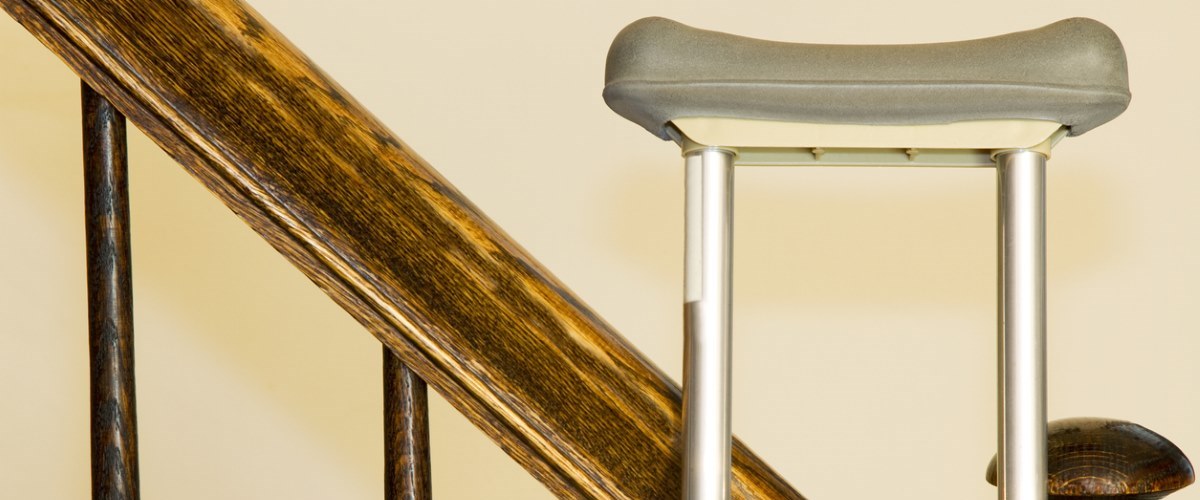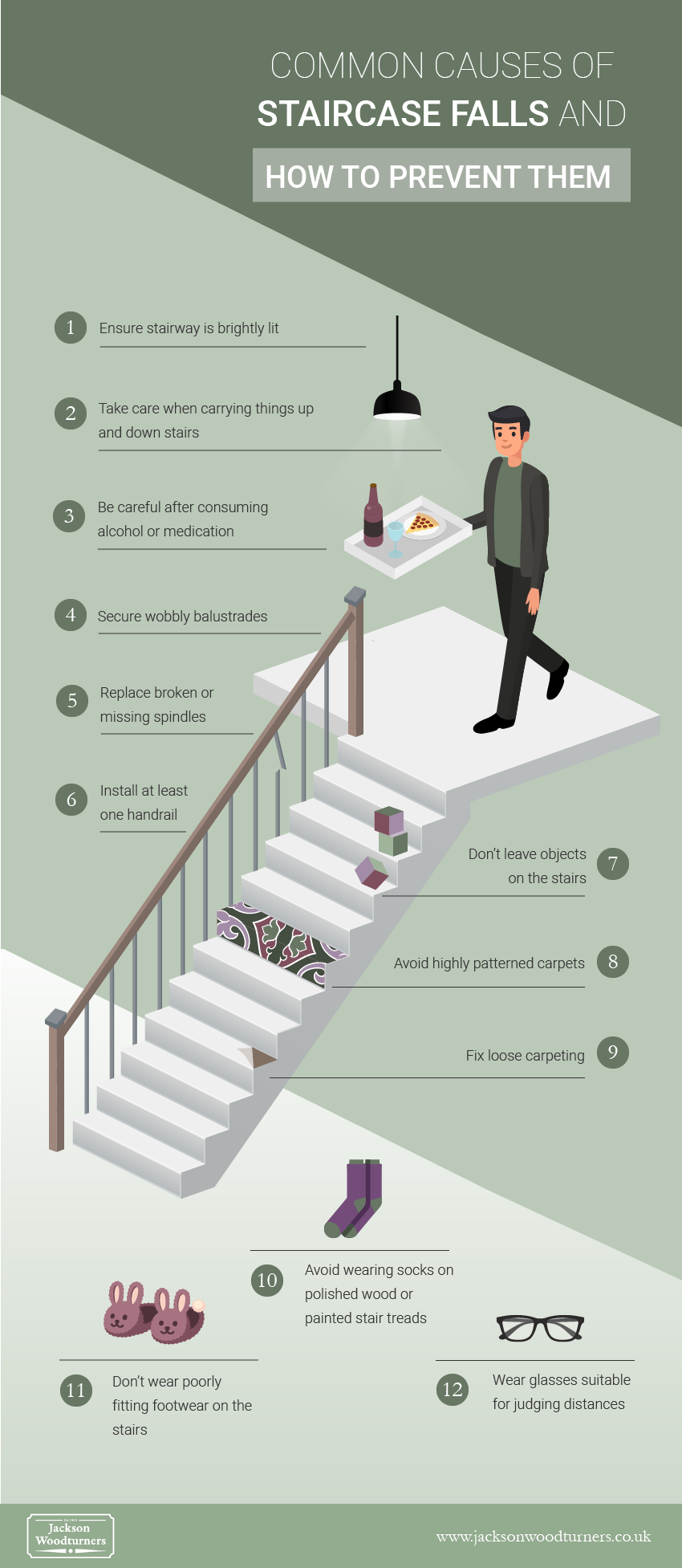Safety-proofing your staircase

The staircase is an integral part of many homes and receives constant traffic throughout the day. But as we generally see it as little more than a practical route from A to B, we tend not to give much thought to its condition—until of course someone suffers an accident on them.
The staircase is a common place for slips and trips, and poor maintenance and improper use can pose serious health and safety risks, as these statistics collected by the Safety and Health Practitioner highlight…
- Every 90 seconds someone in the UK falls on the stairs.
- The lack of a handrail doubles the chance of a fall.
- 58,000 children have accidents on stairs every year.
- Each year, 100,000 elderly people are treated for injuries after a fall on stairs.
- Falls on stairs account for around a quarter of all falls in the home.
- Accidents are most commonly caused by objects left on stairs, or by carrying difficult objects up or down stairs.
- It’s nearly twice as likely for accidents to occur on straight steps with no winders or on stairs with a pitch of over 42 degrees.
The good news is most dangers can easily be addressed with a bit of common sense, as the following advice explains…
First things first
It goes without saying that staircases must be properly installed in the first place. As Kevin Underwood, technical director at the British Woodworking Federation (BWF), explains: “There are many elements that need to be adhered to when it comes to correctly installing timber staircases and a single mistake or missed fixing could render a stair unsafe.”
The BWF’s recent Stair Scheme Installation Guide offers comprehensive advice on fitting staircases, giving homeowners the confidence that their staircases are installed to the highest standards.
A little TLC goes a long way
The stairs are one of the most heavily used areas of the home, and even the most professionally installed staircase will suffer wear and tear over time. There are several things you can do to keep your staircase safe, as this infographic highlights…

